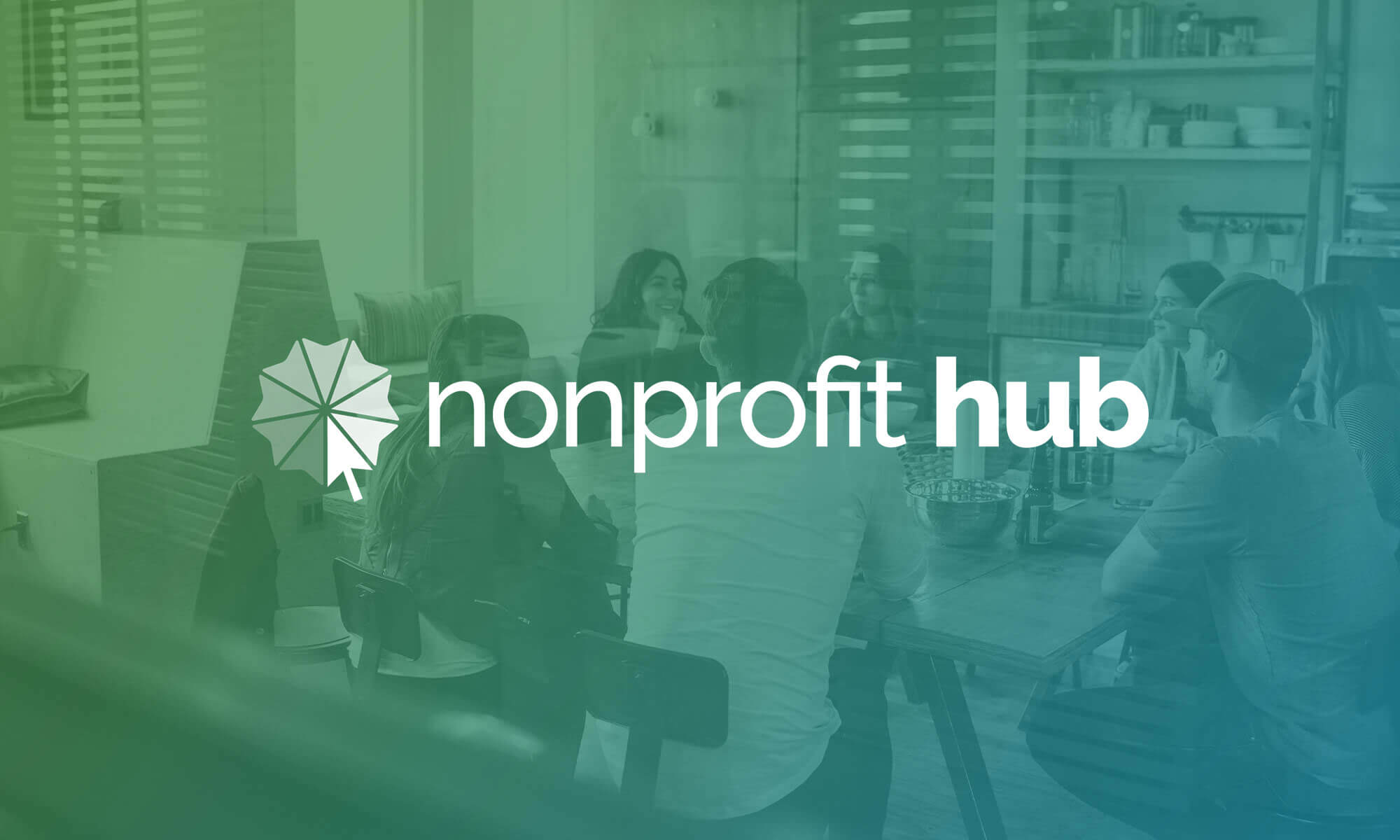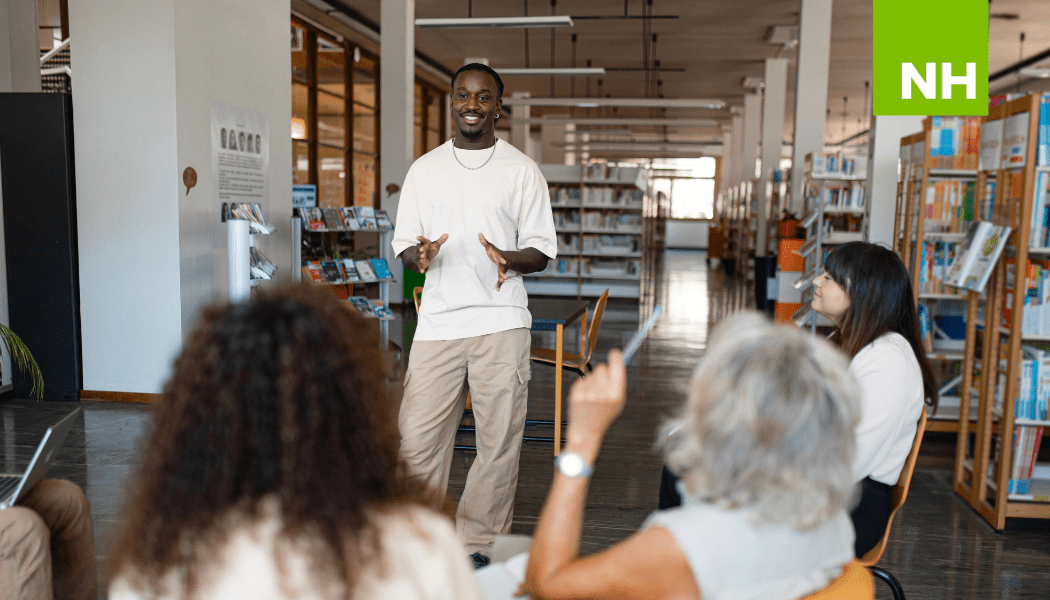The Basic Registry of Identified Global Entities (BRIDGE) is a new collaborative project that aims to revolutionize information sharing, in order to better understand the flows of philanthropic dollars and enhance transparency and effectiveness in the global social sector. Recently, Victoria Vrana, senior program officer at the Bill & Melinda Gates Foundation, sat down with members from the four organizations embarking on this ambitious effort. Read on to learn more about the project. This is a cross-post of an article originally published on the Markets for Good Blog.
—————————-
Victoria Vrana, Senior Program Officer, Bill & Melinda Gates Foundation (VV): What is the BRIDGE project?
Jeff Falkenstein, Vice President for Data Architecture, the Foundation Center (JF): BRIDGE is an acronym for Basic Registry of Identified Global Entities. It is a numbering system we’re developing to uniquely identify philanthropic entities across the globe.
“Unique identifiers” will allow us to synchronize the data of millions of NGOs to produce a clearer and more holistic picture of what’s happening in the international development arena. They will also give the partner organizations the ability to create complementary services, products, and APIs for the benefit of the entire sector.
This system will initially be seeded by the organizations already registered in the databases of the Foundation Center, Global Giving, GuideStar, and TechSoup Global – four organizations that hold data for a combined total of approximately 3 million NGOs, by the way, making it immediately possible to easily and accurately share and compare the data in our databases and do that on a meaningful scale.
Far more than a numbering system that will be applied to just these four partners, however, BRIDGE will also exist as a registry, or database, where nonprofits will be able to apply to get their own unique IDs and other organizations can obtain the information from the registry in bulk for their own databases.
In short, we’re creating a dynamic network of philanthropic data with limitless applications.
…
VV: Why do we need a new numbering system?
JF: The field of international development and global aid is an extremely complex ecosystem with many, many committed players in philanthropy. But despite the incredible amount of passion, innovative thinking, and resources going into this ecosystem, it’s lacking critical infrastructure to connect all this action and information. To date, there is no standard for sharing information about global philanthropic entities — which means this ecosystem is not only complex, it’s messy.
Employer Identification Numbers (EINs) are flawed, re-purposed after organizations close, and don’t hold up outside the U.S.
With EINs, it’s also impossible to capture hierarchical relationships between organizations and they can’t be used to identify specific programs or projects of nonprofit institutions. The BRIDGE system, on the other hand, can be applied beyond NGOs and makes it possible to identify all kinds of organizations – including schools, churches, and even programs or projects.
There are also challenges internationally: some countries use the same numbering systems, have multiple registries for nonprofits, or don’t have an ID system at all.
Sheila Warren, Senior Director of Strategic Alliances and General Counsel, TechSoup Global (SW): So you can see where the “bridge” comes in. We’re building a consistent and global way to link everything together.
We need this level of clarity as well as the holistic view that is made possible by unique identifiers. This dramatically increased capacity to provide insight into organizational data across various systems is ultimately going to help us understand what’s really going on in the sector, from highly specialized interactions to 10,000-foot views into specific geographies or social issues.
…
VV: Based on that context, the need for it, tell us more about how a unique identifier could work in practice. What’s possible?
John Hecklinger, Chief Program Officer, GlobalGiving (JH): A unique identifier clears a major and persistent hurdle by connecting information with a person, organization, or object. Take a look at the role unique identifiers play in other industries.
IP addresses make it possible for computers to identify each other and to exchange information. International Standard Book Numbers (ISBNs) make it easy to find the best price of a book and to read reviews. Fingerprints make it possible to detect (or rule out) criminal suspects, or to breeze through customs using Global Entry. Vehicle Identification Numbers make it possible to know what happened to a car before you buy it.
These are now everyday transactions you and I are familiar with that have all been made easier (and some, made possible), with numbering systems.
In the social sector, we don’t have this basic building block of the information ecosystem. Before we can easily share social impact, financial performance, or eligibility information about organizations, we have to firmly be able to tell one organization from another.
Perhaps most critically, a unique identifier system makes it possible for unanticipated tools and services to emerge. Again, we can turn to other industries to see these kinds of benefits… When the U.S. National Highway Traffic Safety Administration defined the vehicle identification standard, it did not envision that a company like CARFAX Vehicle History Reports would emerge. I worked at CARFAX early in my career, and I saw firsthand how a unique identifier helped fix the original “market for lemons.”
…
VV: How does the BRIDGE project strike a balance between privacy and transparency?
Braz Brandt, Senior Director of Technology Strategy, GuideStar (BB): From the beginning of the project, we have all been concerned about the privacy of the data we’re using to build the BRIDGE system. As we discuss the long-term goals, we understand that data can be both a tool for interoperability in the sector and, in some cases, a tool for repression and retribution.
At GuideStar, we’ve been critically aware of these issues for many years. Let’s take a shelter for battered women as an example: While there is a desperate need for help from funders and the public when it comes to financial support and volunteering opportunities, the shelter must also protect the privacy and safety of the women who depend on that service. GuideStar enables those types of organizations to make some of their key data private for this very reason, and we recognize that the need for privacy grows significantly when the actors looking to access and use this data change, from abusive partners to repressive regimes and governments.
As we work on the BRIDGE project, each of the four partners is critically aware of the role that data can play in either enabling a more efficient social market or suppressing transformative work in the world. Our collective experience and lessons learned serving the sector provides us with the expertise to build privacy into every part of the program.
The BRIDGE system attempts to solve the interoperability problem in the sector while still providing individual organizations control over their data through their existing relationships with the BRIDGE partners.
But to only focus on the protection of privacy would be to lose sight of the incredibly powerful – and positive – effects that one can expect from greater transparency in philanthropy.
JF: That’s right — beyond interoperability, the BRIDGE project and the transparency it affords bring a broad range of benefits to the sector. Identifying opportunities for collaboration, reducing duplication of effort, building trust with the public and one’s constituents, making visible the work taking place around the world, more strategic decision making, and cultivating a community of shared learning and best practices are just a handful of the benefits that flow from greater transparency. In short, transparency is a catalyst for increasing knowledge and strengthening the impact funders want to see on the issues they care about deeply.
…
VV: How did BRIDGE come about?
JH: The idea for BRIDGE emerged out of a series of collaborative brainstorms, originally launched by the Omidyar Network, which were then taken up by the William and Flora Hewlett Foundation and LiquidNet in conversations hosted by GlobalGiving. Key stakeholders in these conversations, including social sector financial platforms and information providers, all felt that a unique identifier for social sector organizations was a prerequisite for greater collaboration and information sharing in the sector.
TechSoup Global, GuideStar, Foundation Center, and GlobalGiving emerged as having an acute need for such a system, the operational capacity to think it through a challenge of this scope, and substantial data to contribute in order to ensure the effort had a sizable impact. As a result, our four organizations agreed to participate in a one-year scoping process that resulted in a realistic build plan and a decision to apply for funding. Now, with the support of the Hewlett Foundation, as well as the Bill & Melinda Gates Foundation, we are working together to make this vision a reality.
…
VV: Why work as a collaborative?
SW: All four of our organizations came into this project with an institutional orientation towards collaboration and a deep understanding of the importance that a project like this has to the entire global civil society sector. It was also immediately obvious to each of us how having a unique ID would make it much easier for us to work together.
We each already have IDs that we use internally to identify organizations across our own programs: the question was whether or not we could create a simple, yet elegant ID scheme that would enable us to expand this identification beyond our own institutional borders.
All four of us are already leaders in the issues of transparency or capacity building — as opposed to cause-oriented organizations — and this universally inclusive approach was considered important for both compatibility and credibility purposes. And finally, our approaches to data were similar enough — in terms of restrictions on data usage, community considerations, and other relevant axes — to make this project seem achievable.
In terms of complementarity, each of our organizations brings skills and resources to the table, both in terms of personnel, expertise, and — of course — data that have already been invaluable to the effort. Whether it be the credibility we have with the civil society sector, our extensive networks, our experience working with various players in the sector, our tech savvy, or our legal expertise — each organization has unique experiences and relationships that we are leveraging to make this project a success. And, of course, we all really like each other and have a great time working together, which shouldn’t be underestimated!
…
VV: How could the BRIDGE project ultimately impact the work of individual program officers, donors, and nonprofit leaders?
BB: One of the problems faced by nonprofit leaders – from individual donors to institutional philanthropists – is understanding the universe of organizations in the sector, and the overlap and connections of their work to other key players.
Today, these leaders must do their investigative work to understand both the sector and their organization’s place in it largely on their own: searching resources provided by GuideStar and the Foundation Center for information domestically, comparing that to the data they can find on GlobalGiving or through TechSoup, and hoping that their understanding of the sector and the actors in it is sufficient.
Foundations and professional grantmakers in the sector have the resources to do some of this work, but as we learned in the Money for Good II research, individual donors frequently do not and, when presented with these various reports of nonprofit sector data, do not understand and do not make full use of the data available in those reports for more strategic decision making.
SW: The BRIDGE system will be a significant step toward connecting those disparate sources of data and providing a richer access to this data to nonprofit leaders to help them learn about social change at scale, as well as helping donors understand the sector and the organizations working for change. As those silos become more interconnected, foundations and professional grantmakers also benefit as they connect their sources of information to make better giving decisions through data.
The hope is that, as the BRIDGE project grows, the focus on actors in the sector will expand from just organizations to uniquely identifying programs, projects, and the people working in the sector, and that this interconnected network of nonprofit data will continue to reduce barriers, promote transparency, and encourage more effective philanthropy through data.
…
Individuals interested in learning more and organizations that would like to become involved in BRIDGE can contact Chad McEvoy, BRIDGE project manager, at [email protected].
Filed under: Markets for Good ![]()











